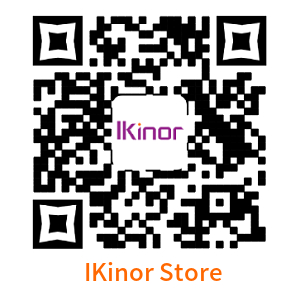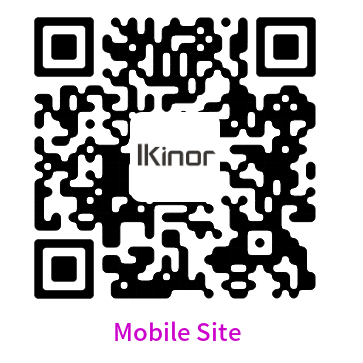There’s no doubt that technology has shaped education in recent years. From ubiquitous tablets and laptops in the classroom to interactive whiteboards, there’s a wealth of resources at our fingertips when it comes to teaching. And with this comes a range of new opportunities for student engagement and learning.
The Technology
Interactive panel for education is growing, as they allow students to explore complex information in an interactive way. They can be used for a variety of purposes, such as lesson planning and learning objectives clarification.
In order to create an effective interactive panel, it is important to consider the target audience. Some of the features that are common among different types of panels are targeted content and user feedback. By knowing what type of content your panel will feature, you can ensure that it is easy for students to access and understand.
Ikinor interactive board is featuring advanced new zero bonding technology and upgraded audio together with a simultaneous writing experience. Custom design is acceptable. These platforms offer a wide range of features, including drag-and-drop functionality, animation capabilities, and social media integration.
How It Works
Interactive panels are an effective way to provide information to students. They allow educators to create a customized experience for each student, while providing instant feedback on student engagement.
When a student touches a panel, the device registers the movement and responds with appropriate content or instruction.
Traditional paper-based learning materials can also be used in conjunction with interactive panels. Teachers can print out questions and responses and have the students answer them on the panel. This allows teachers to monitor student engagement more closely and give feedback as needed.
Benefits and Uses of Interactive Panels
Some of the uses for interactive panels include: teaching basic math concepts, exploring the world around us, learning about history, studying science, and more. They are especially useful for students who struggle with traditional instruction methods.
Some of the benefits of using interactive panels are that they are engaging and easy to use. They also offer an alternative way to teach students about data and information. And finally, they can help educators save time by providing pre-made materials that they can use in their classes.
Conclusion
Using Interactive panel for education are an important part of the modern learning environment. They allow students to explore a topic in depth, learn from experts, and connect with other students who share their interests. By using interactive panels, educational institutions can provide students with the knowledge and skills they need to succeed in future endeavors.



